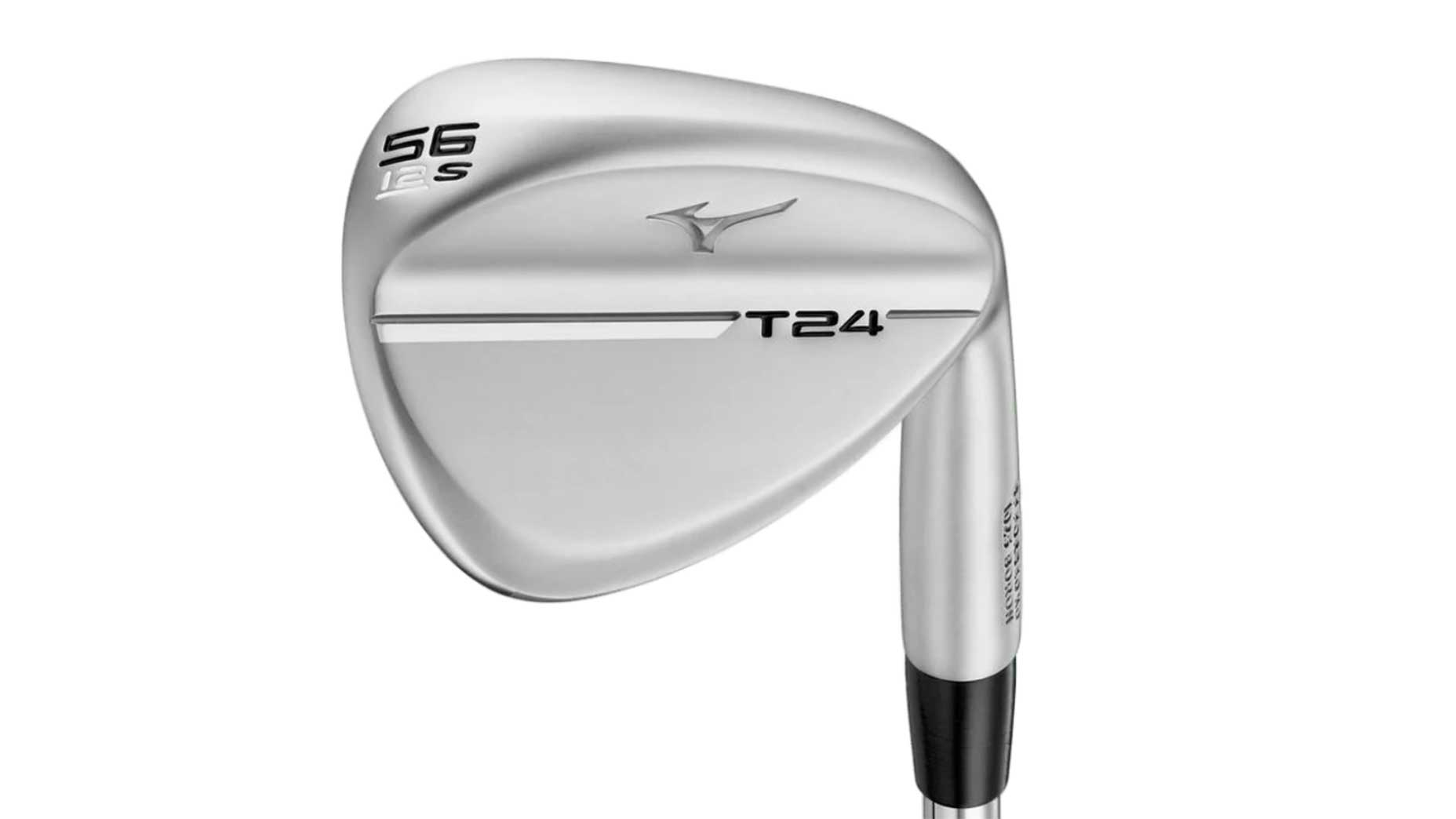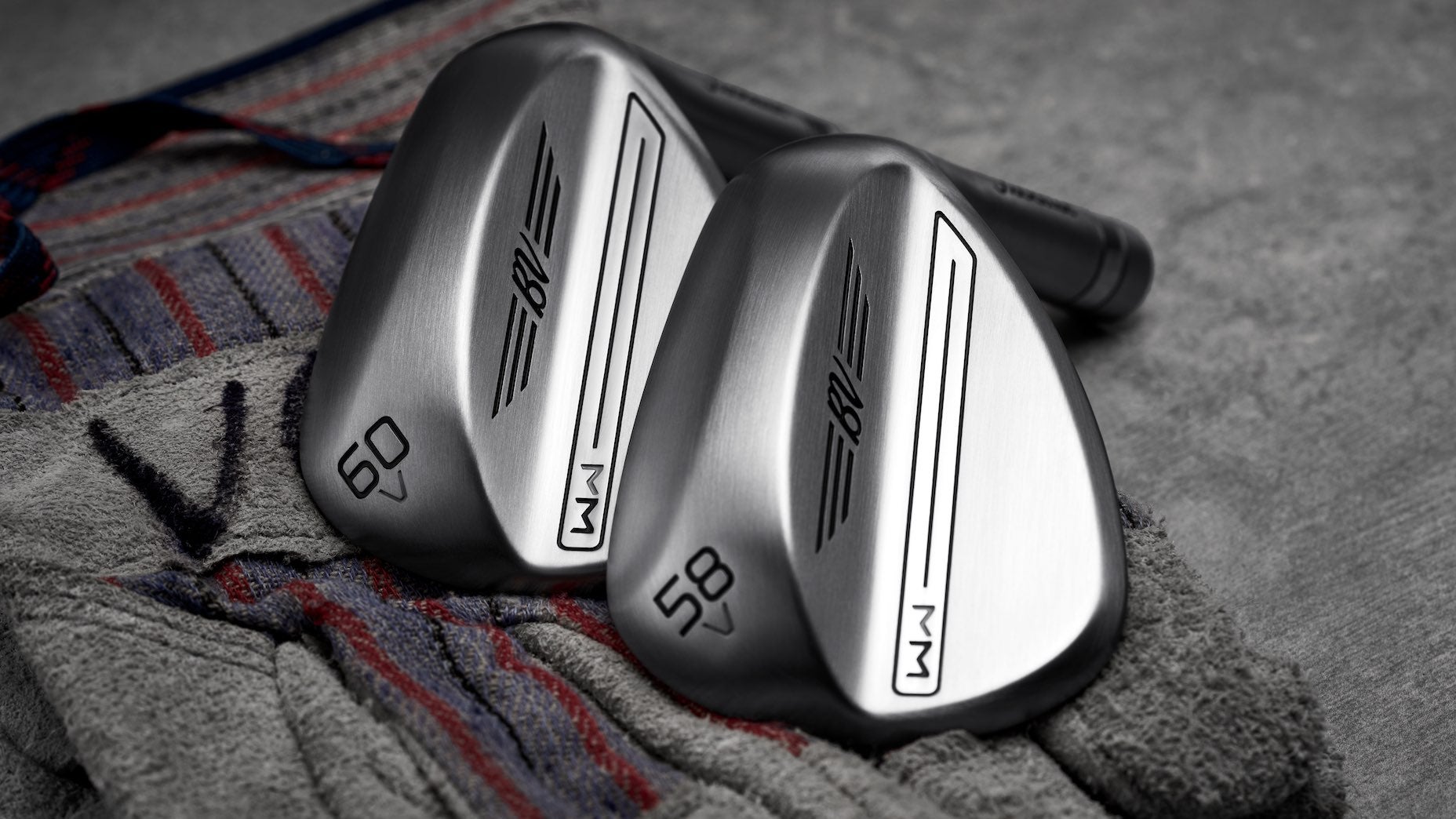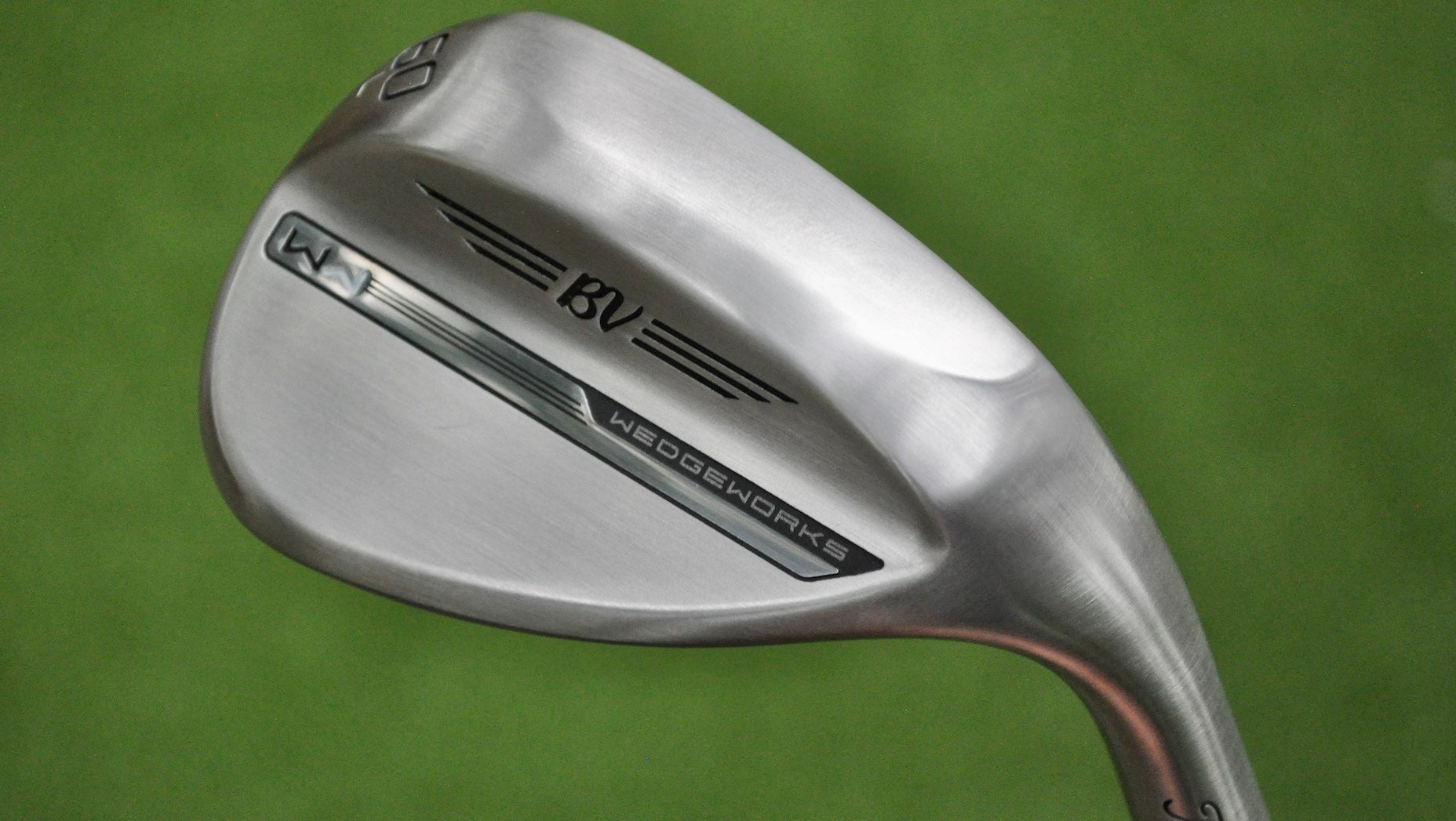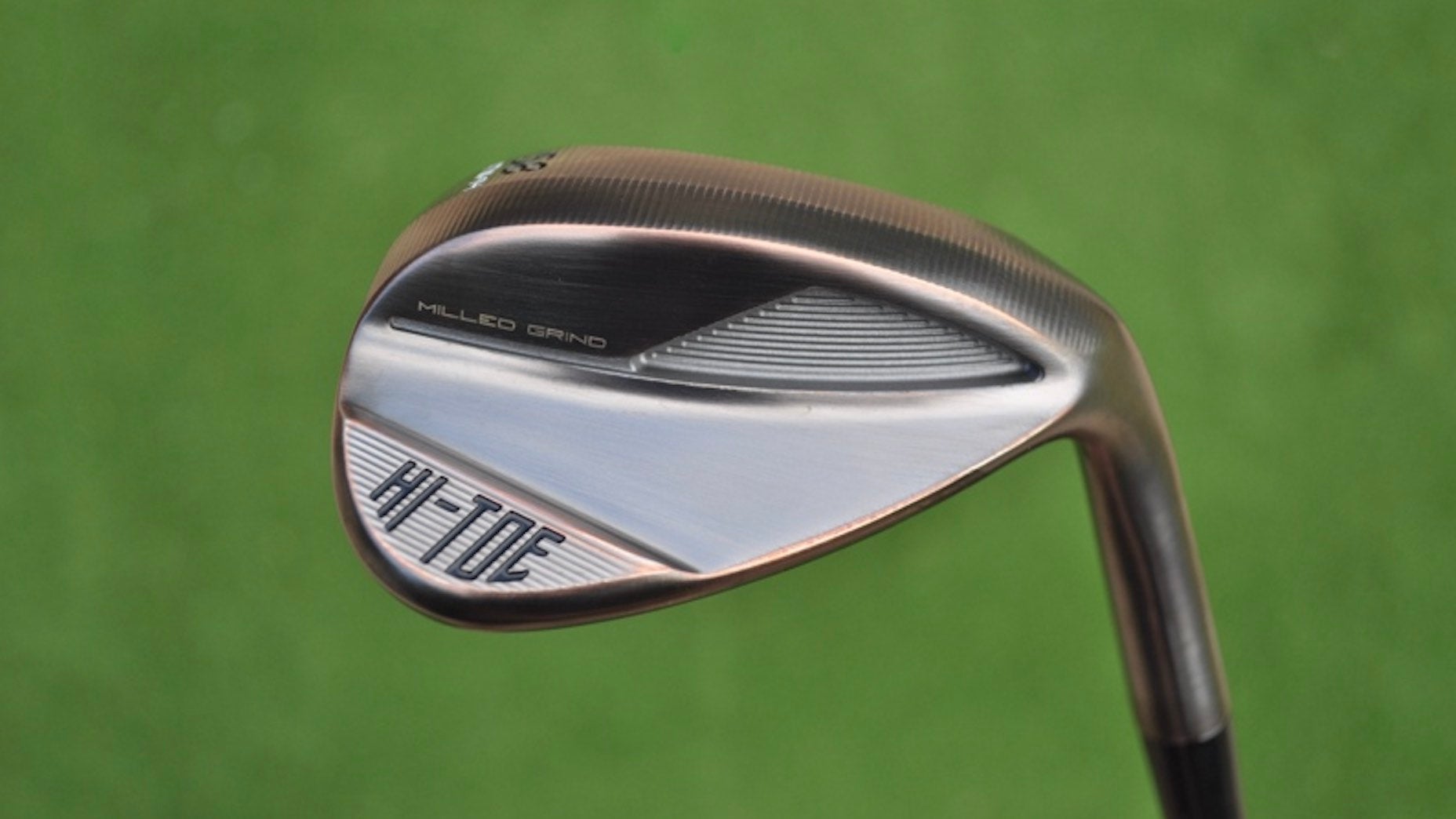Is it time for new wedges? Keep these 5 thoughts in mind

Analyzing the grooves can give you an idea of the life left in your wedge.
Jonathan Wall
Any golfer would love to have the drop-and-stop pitch shot in their arsenal. Spending extra time on the short game practice area can make it a reality, but if you find that even well-struck wedge shots aren’t producing positive results, it might be time to take a closer look at your scoring clubs.
Every wedge has a lifespan and depending on how often you practice and play, you’ll eventually hit a point where a new wedge (or two) becomes a necessary purchase. With a price tag around $110-160, it’s the kind of purchase that will yield immediate results without breaking the bank.
If you’ve been using the same wedge for longer than you can remember — and play golf regularly — it’s probably time to upgrade to something with fresh grooves. If your wedges are on the newer side but you’re still not sure if they need to be replaced, it’s still considering these 5 thoughts to determine if a set of wedges is in your future.
1. We’re talking about practice
The average Tour player replaces his wedges at least a handful of times per season. It probably comes out to 35-50 rounds, with many requesting fresh sets in advance of major championships. Of course, each wedge in a Tour player’s bag is logging more than just competitive rounds. There are practice rounds at home and countless hours spent working around the green.
Studies have shown that a typical wedge will last 65-75 rounds before there’s a dip in performance. For the average recreational golfer who plays regularly, that comes out to about every 18 to 24 months. But what happens if you practice more than you play? That certainly needs to be taken into consideration when it comes to the life of the grooves, especially if lengthy short game sessions are a regular part of your practice routine.

2. Where do you play?
Speaking of practice, you likely aren’t analyzing the balls you’re banging while perfecting the mega-flop. According to Tim Briand, Executive Vice President of GOLF.com’s sister company True Spec Golf, you should be paying more attention to the condition of the practice balls, especially if you frequent courses with a certain soil content.
“If you are a practicer, keeping your practice balls clean prior to strike can help extend the life of your wedge grooves,” Briand said. “For people who work on sandy-based practice ranges, hitting wet balls covered in sand is going to chew the face up over time. Factor in all the range balls you’re likely hitting and it can no doubt accelerate groove wear.”
If you’re OK springing for new wedges on a semi-regular basis, don’t worry about cleaning off the balls. But for those on a budget, it might be worth it to bring a small towel along to clean off the pellets.
3. Check your finish
Raw (or unplated) wedges are a popular option in the professional ranks. They rust over time, are generally resistant to glare, and tend to produce a softer feel at impact. Nearly every manufacturer offers a raw option these days, so getting your hands on a set isn’t a problem.
However, if you decide to go away from the standard chrome finish — chrome can keep the wedge from rusting — it’s important to be mindful of a potential tradeoff that exists.
“Without the plating, you’ll likely see the grooves wear quicker than something with a chrome finish,” Briand said. “It’s not a rapid rate of decline, but depending on where you live and the course conditions you typically play, you might need a new wedge sooner.”
For a pro stick who gets his wedges for free, it’s a trade-off they don’t even consider. However, that probably isn’t the case for the average mid-handicapper. That being said, don’t let this deter you from buying raw wedges. (I have a set in the bag and love them.)

4. Fingernail test
It’s a basic test, but Briand suggests doing what’s called the “fingernail test” on your wedge to get a quick idea of where your grooves are at. Run your nail down the face of the wedge and notice if your nail gets caught up in each groove. If it does, you’re doing just fine in the groove department.
If your nail slides over the groove and onto the next, it’s time to start searching for a new wedge. Most of the time, severe groove wear is easy to spot without running your nail along the grooves, but it’s always worth doing a quick check to make sure everything is kosher.
5. One shot
If there’s one wedge shot where you should start to get concerned if the ball starts squirting off the green, Briand said it’s the 40-50 yarder from wet rough. Shots from around the green will give you a more accurate picture of where your grooves are at than any full swing from the fairway with a wedge.
“Groove problems will show up in the morning dew,” he said. “If you have decent bite in dry conditions but notice it’s releasing all over the place in the dew, that’s probably the beginning signs your grooves are starting to go. The average golfer isn’t going to stop it on a dime from that lie, but they should see some form of checking — not something that’s hitting the front of the green and releasing all the way to the back.”










